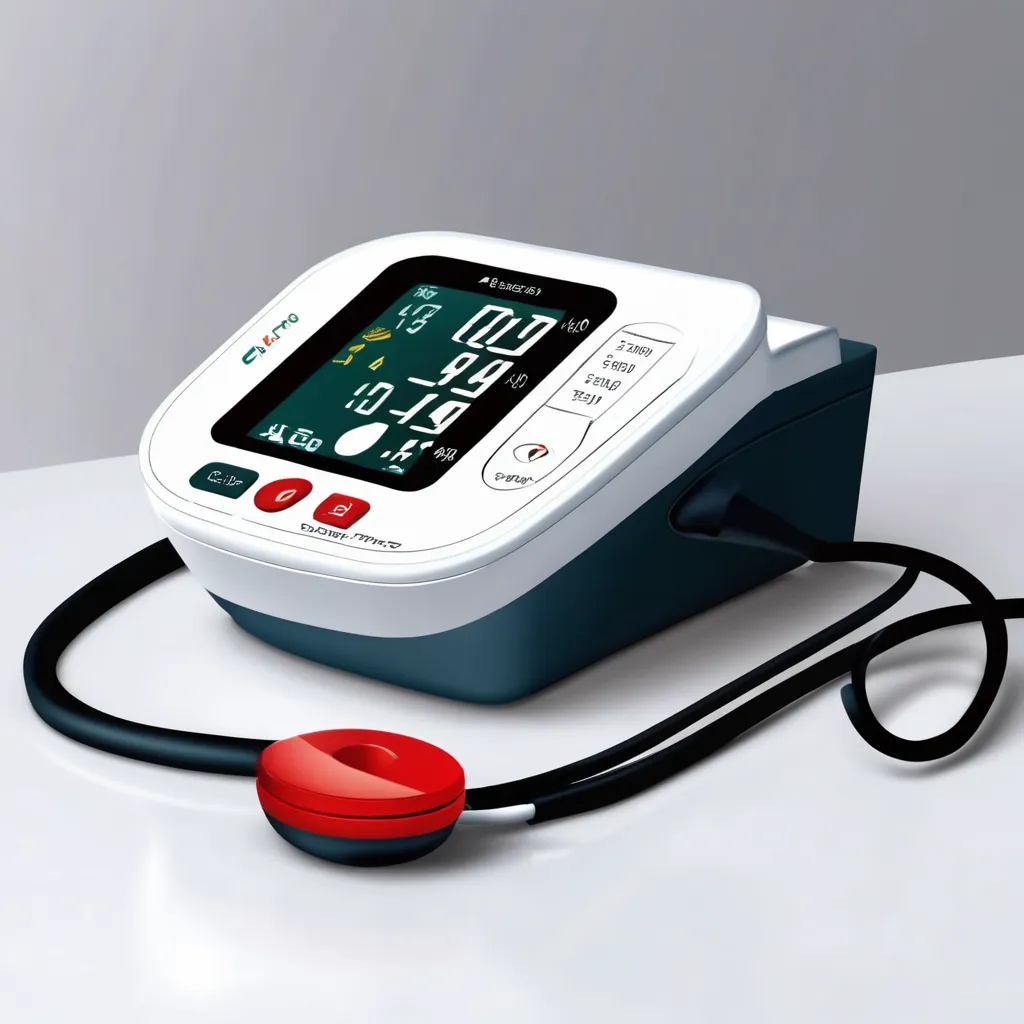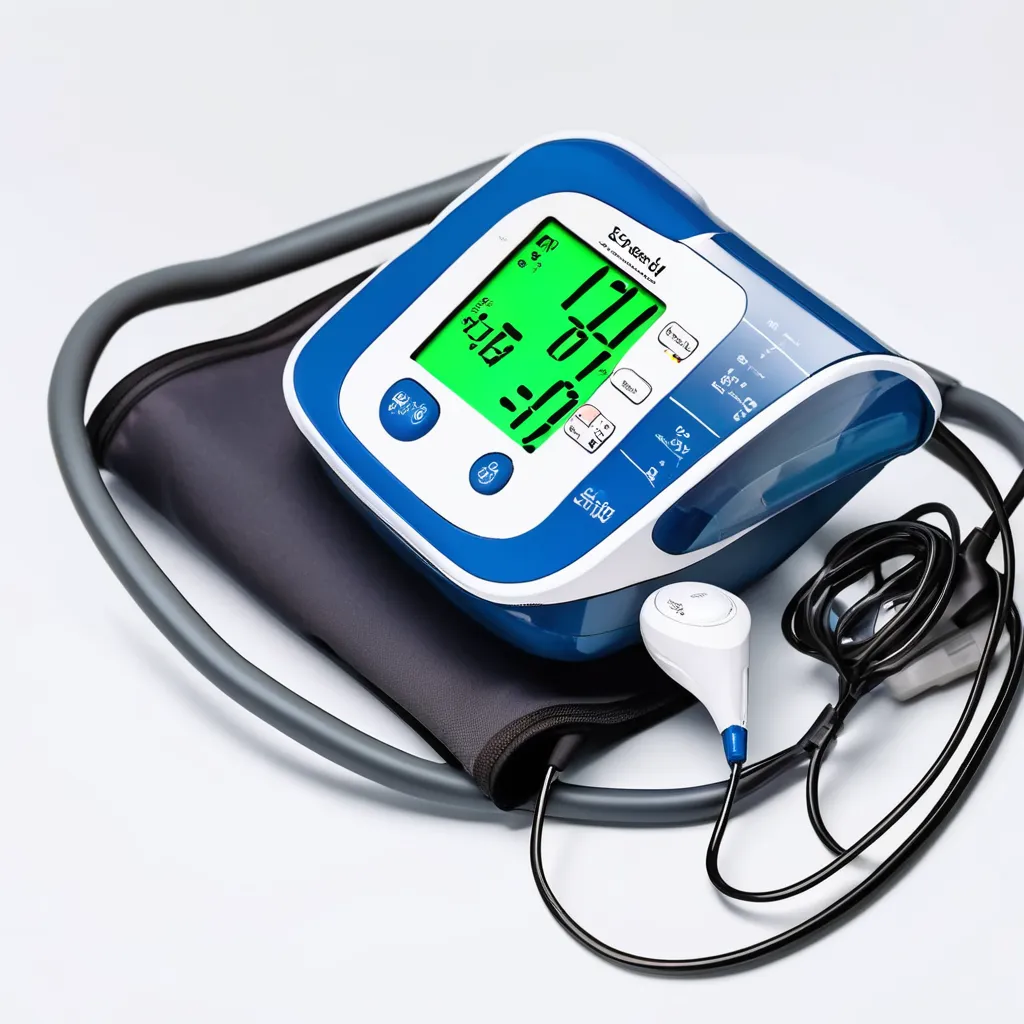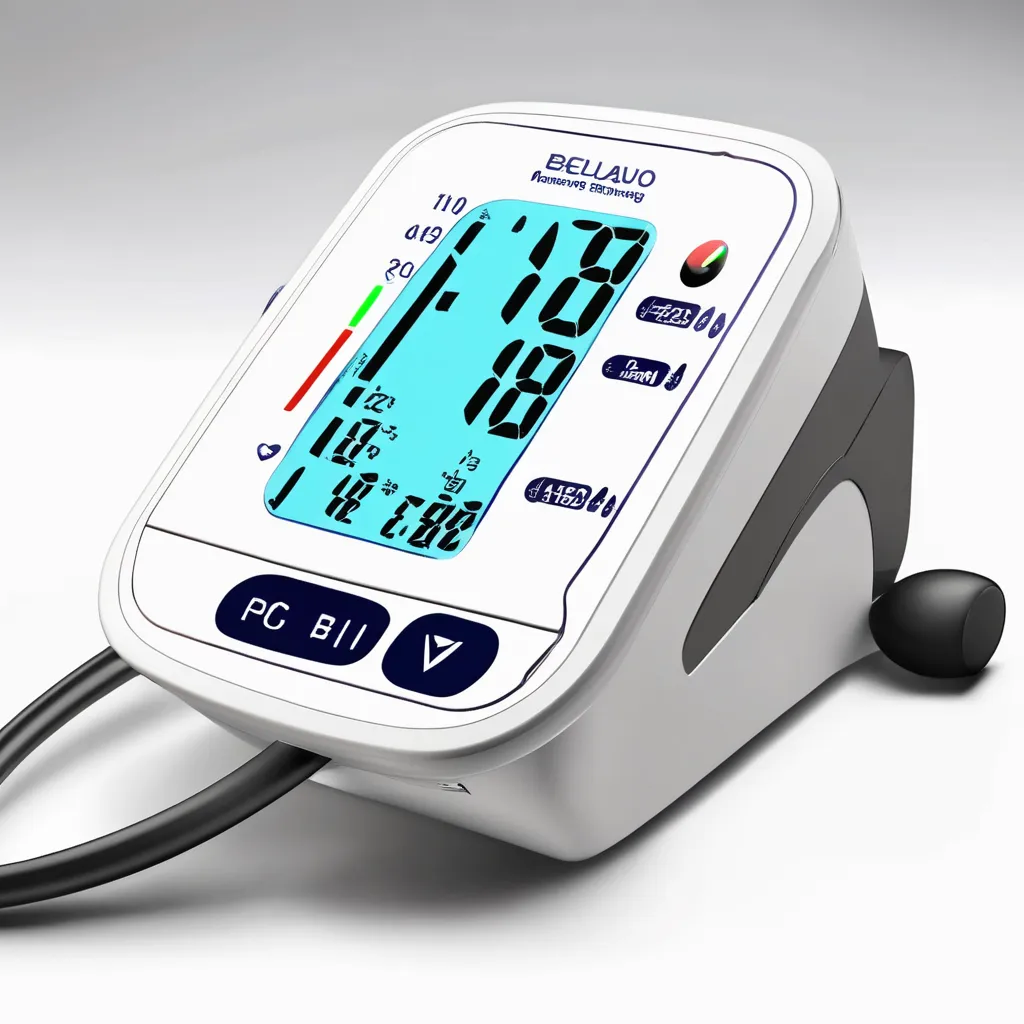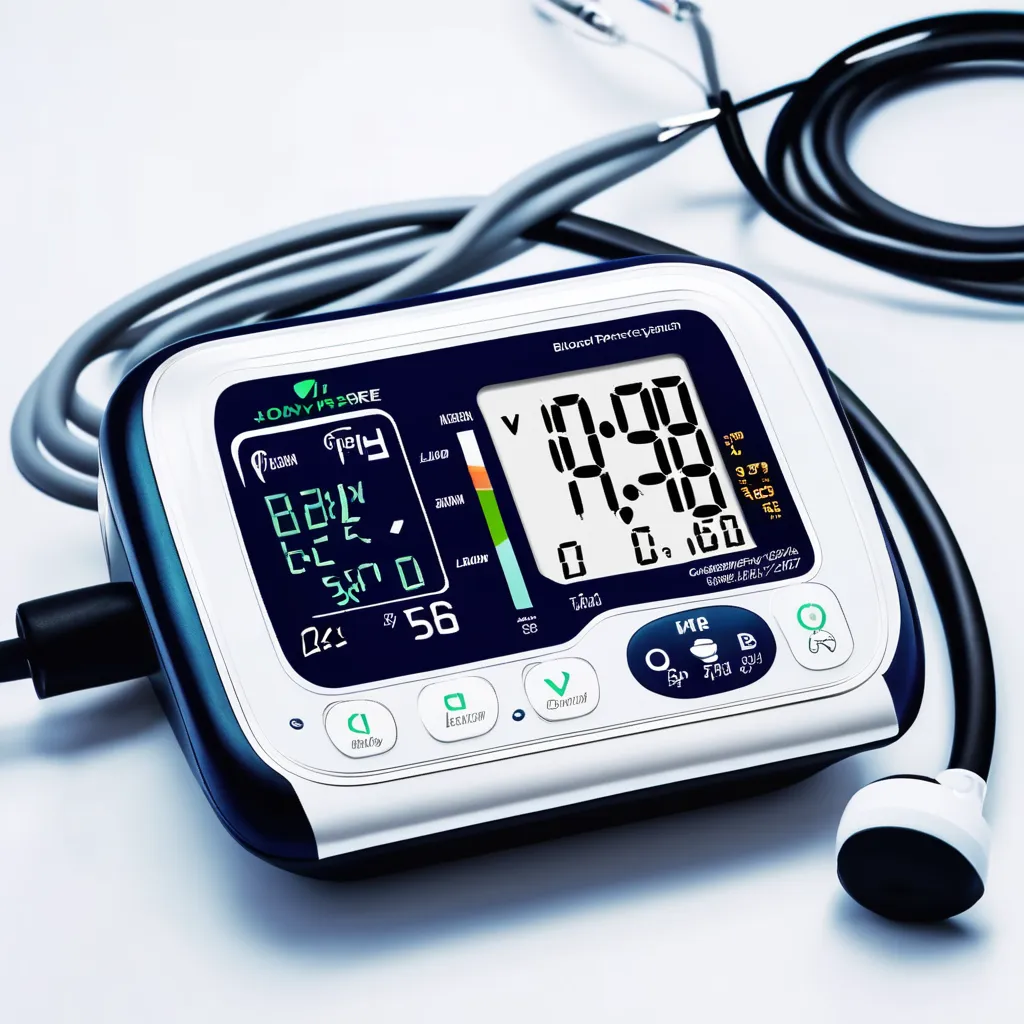Address
304 North Cardinal
St. Dorchester Center, MA 02124
Work Hours
Monday to Friday: 7AM - 7PM
Weekend: 10AM - 5PM
Address
304 North Cardinal
St. Dorchester Center, MA 02124
Work Hours
Monday to Friday: 7AM - 7PM
Weekend: 10AM - 5PM








Original price was: $345.00.$0.00Current price is: $0.00.
High blood pressure, also known as hypertension, is often called the “silent killer” because it usually has no symptoms but can lead to severe health problems like heart attacks, strokes, and kidney disease. The good news? Monitoring your blood pressure at home can help you take control of your health before it becomes a crisis.
A blood pressure monitor is a simple yet powerful device that allows you to track your blood pressure levels regularly. In this article, we’ll explore what blood pressure monitors are, how they work, their benefits, the types available, and how to choose the best one for your needs.
A blood pressure monitor (also called a sphygmomanometer) is a medical device used to measure the force of blood against the walls of your arteries. It typically displays two readings:
Systolic Pressure (top number): the pressure when your heart beats.
Diastolic Pressure (bottom number): the pressure when your heart rests between beats.
These values are expressed in millimeters of mercury (mmHg) and are crucial for diagnosing and managing hypertension.
Used mostly by healthcare professionals
Requires a stethoscope and skill to read accurately
Not ideal for home use
Most commonly used for home monitoring
Cuff wraps around the upper arm and inflates automatically
Results are displayed digitally
Compact and easy to use
Less accurate than upper arm monitors if not positioned correctly
Worn for 24 hours to monitor fluctuations throughout the day
Used for more detailed diagnosis in clinical settings
Early detection of hypertension
Better management of chronic conditions
Monitoring effectiveness of medications
Reduces white coat syndrome (anxiety that elevates BP in medical settings)
Promotes healthier lifestyle changes
Regular monitoring encourages people to take responsibility for their health, leading to improved outcomes and fewer hospital visits.
| Feature | Why It Matters |
|---|---|
| Automatic inflation | Makes self-monitoring simple and accurate |
| Large display screen | Easy to read, especially for older users |
| Memory function | Stores past readings for trend tracking |
| Multiple user profiles | Allows sharing with family members |
| Irregular heartbeat detector | Alerts users to possible arrhythmias |
| Mobile app sync | For data tracking and sharing with healthcare providers |
| Category | Systolic (mmHg) | Diastolic (mmHg) |
|---|---|---|
| Normal | Less than 120 | Less than 80 |
| Elevated | 120–129 | Less than 80 |
| High Blood Pressure (Stage 1) | 130–139 | 80–89 |
| High Blood Pressure (Stage 2) | 140+ | 90+ |
| Hypertensive Crisis | 180+ | 120+ |
Sit calmly for 5 minutes before testing.
Place the cuff on your bare upper arm (not over clothing).
Keep your arm at heart level while seated comfortably.
Press start and remain still as the cuff inflates.
Record your reading, ideally at the same time each day.
Tip: Avoid caffeine, smoking, and exercise 30 minutes before testing.
A blood pressure monitor is more than just a gadget—it’s a vital part of preventive healthcare. By making regular checks at home, you can detect issues early, manage ongoing conditions better, and live a healthier life. Whether you’re dealing with hypertension, heart disease, or just aiming to stay informed, a reliable blood pressure monitor is a smart investment in your long-term wellness.
1. How often should I check my blood pressure?
If you have hypertension or are at risk, daily monitoring is recommended. Otherwise, a few times a week may be sufficient.
2. Which is more accurate: arm or wrist monitors?
Upper arm monitors are generally more accurate than wrist models.
3. Can I monitor my blood pressure without a doctor’s help?
Yes, digital monitors are designed for home use and are very user-friendly.
4. Is it normal for blood pressure to fluctuate throughout the day?
Yes, it naturally changes with activity, stress, and sleep. That’s why regular readings are important.
5. Do blood pressure monitors need calibration?
Most home monitors don’t require calibration, but it’s good to compare with a doctor’s reading annually.
6. Are there monitors for people with larger arms?
Yes, many brands offer large or extra-large cuffs for comfort and accuracy.
7. What is white coat syndrome?
It’s when a person’s blood pressure is elevated in a medical setting due to anxiety. Home monitoring helps detect this.
8. Are app-connected monitors reliable?
Yes, if they are FDA-approved and from reputable brands, they offer convenience without sacrificing accuracy.
9. Can I use a BP monitor on both arms?
Yes, but it’s recommended to consistently use the same arm to track trends. The left arm is preferred unless told otherwise by your doctor.
10. What causes inaccurate readings?
Talking, moving, full bladder, incorrect cuff size, or poor posture during the test can all affect accuracy.
Looking for the best Blood Pressure Monitor? Explore our collection today and find the perfect fit for your needs!
Reviews
There are no reviews yet.